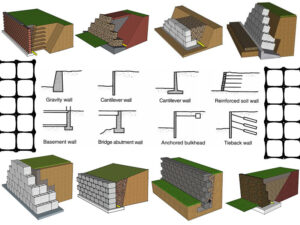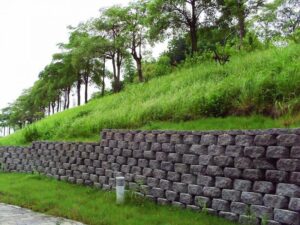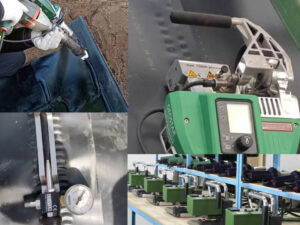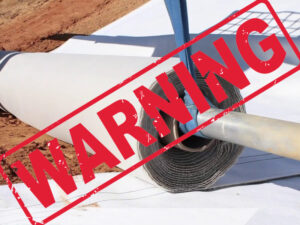Project Introduction:
The Nairobi-Mombasa Highway (A109) in Kenya connects the capital Nairobi with the largest port in East Africa, Mombasa Port. It is the most important sea-to-land transportation artery in Kenya. About 80% of the import and export goods from Uganda, Rwanda, Burundi, South Sudan and eastern Congo (DRC) must pass through it. The proposed reinforced earth retaining wall is located at the K11 mileage of Mombasa-Mariakani. The existing 4-lane and 2-lane lanes need to be widened to 6-lane double lanes. Since the terrain along the highway is relatively flat, it is necessary to build an interchange across other roads.
Project issues to be resolved
Due to land acquisition restrictions, natural slopes cannot be used on both sides of the KWA JOMVU overpass approach in this project. The main issues to be addressed are reducing land occupation, saving construction costs, and reducing earth backfill volume.
Retaining wall treatment plan
The bridge abutment is designed with a three-sided reinforced earth retaining wall structure, and the external abutment is connected to the bridge. The width of the approach roadbed is 16m, and the height of the reinforced earth retaining wall is 0-10m. The two sides and ends of the approach adopt reinforced earth retaining wall structures respectively. The reinforcement materials are set independently. The corners of the abutment are connected with the walls on both sides by cast-in-place reinforced concrete structural columns. Reinforced concrete anti-shake guardrails are set on the top of the wall. This project is the first project in Kenya to use integral steel-plastic geogrid to build reinforced earth retaining walls.
The main structure of the reinforced earth retaining wall
1. Wall module: The wall module adopts an L-shaped precast concrete panel.
2. Retaining wall filler: red clay (comprehensive internal friction angle 30 degrees, C=0KPa).
3. Connection between reinforcing material and wall module: The integral steel-plastic geogrid and the wall are connected by the clamping method.
4. Retaining wall drainage: A 40cm wide mortar-laid stone drainage ditch is set on the outside of the wall toe. Since the left and right sides and the top surface of the retaining wall are all closed, the top is naturally drained due to the longitudinal slope. The panel is arranged with plum blossom-shaped drainage holes, and graded crushed stone anti-filter bags are used behind the drainage holes.
5. Settlement joints: 1-2cm wide settlement joints are designed for the foundation, wall body, and guardrail, and polystyrene foam boards are used to fill the joints, with a spacing of 10-15m. Settlement joints are added where the geological conditions change.
6. Foundation treatment: The foundation of the retaining wall is in good condition, and the panel foundation is guaranteed to be buried at a depth of 1m. The local weak foundation is replaced by riprap.






